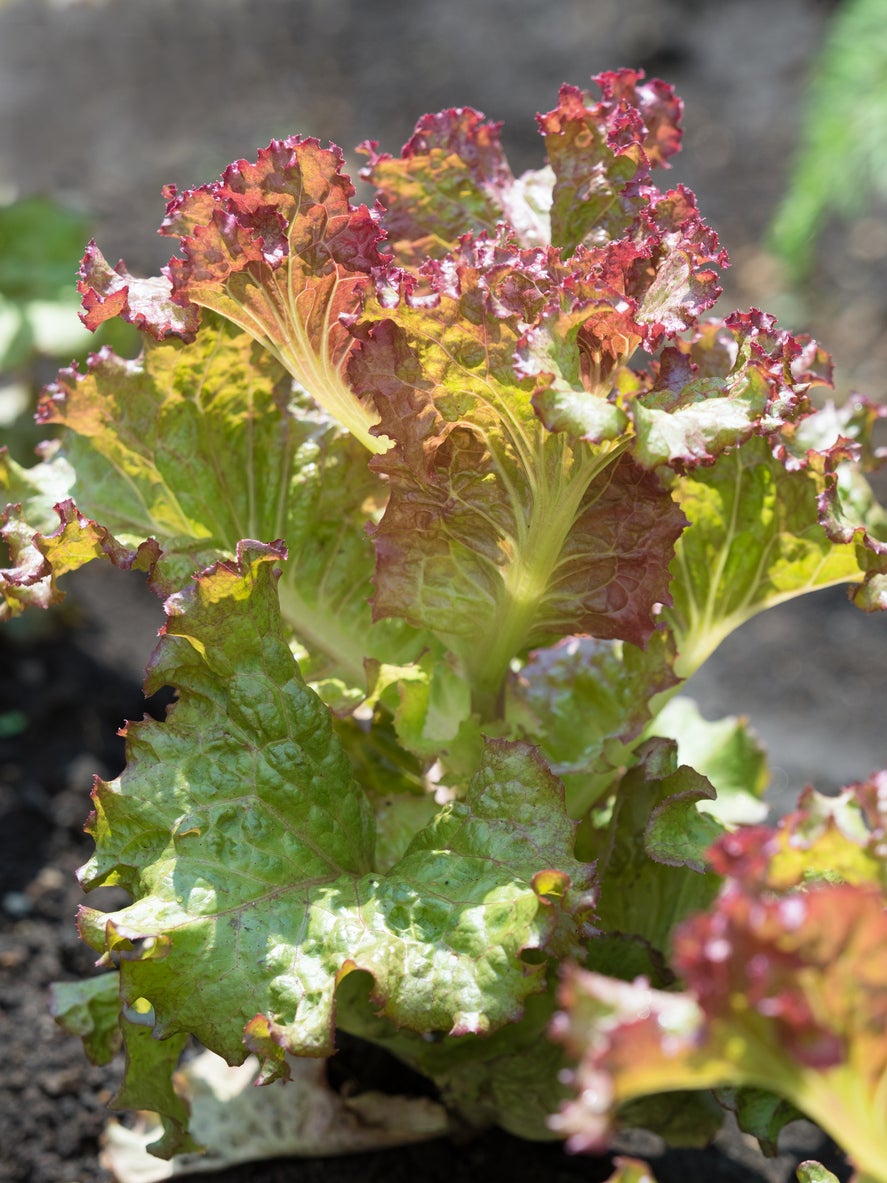What Is De Morges Braun Lettuce – Caring For De Morges Braun Lettuce Plants


When we go to restaurants, we usually don’t get to specify that we would like our salad made with Parris Cos, De Morges Braun lettuce, or other varieties we favor in the garden. Instead, we must rely on the luck of the draw, and hope that whatever salad mix the waiter brings us is crisp and sweet, not limp and bitter. This game of lettuce roulette can lead to a disappointing dining experience for salad lovers. Gardeners, however, can avoid this disappointment by simply growing their own delicious, crisp, sweet lettuce varieties – with the lettuce ‘De Morges Braun’ being high on the list. Read on to learn more about De Morges Braun lettuce plants.
What is De Morges Braun Lettuce?
Most lettuce varieties take up very little space in the garden and can be planted in succession or as companions with other garden plants, giving us the opportunity to grow several different varieties, which can be harvested over and over for fresh salad mixes throughout the growing season. Certain tasty lettuce varieties, such as ‘De Morges Braun’ lettuce, are also aesthetically pleasing to the eye and can be tucked in small spaces of ornamental beds or containers. De Morges Braun is a variety of romaine lettuce that originated in Switzerland. The lettuce plants form classic, upright romaine heads which grow 6 to 15 inches tall (15-38 cm.) and 12 to 18 inches wide (31-46 cm.). It is commonly known as red leaf lettuce or red leaf romaine because in cooler temperatures the outer leaves will develop a rich pink to red color, while the inner leaves retain a bright green color. As temperatures warm up throughout the growing season, the outer foliage reverts back to an apple green. De Morges Braun lettuce plants are notably slow to bolt in summer and have excellent cold tolerance.
De Morges Braun Lettuce Care
Like most lettuce plants, growing De Morges Braun does best in the cooler temperatures of spring or fall. The unique reddish hues in these seasons not only add interest to salad mixes, but can also accent plants in the landscape or containers. In autumn, the red foliaged plants can be used interchangeably with kale or ornamental cabbages to accent mums and other fall plants. In spring, the pink or red foliage may add some of the first hues of color to the garden. Plants have excellent heat and cold tolerance for lettuce plants, but in colder northern climates, seeds may need to be started indoors or in cold frames. When planted in ideal temperatures, between 40 and 70 degrees F. (4-21 C.), De Morges Braun romaine lettuce seeds will germinate in about 5 to 15 days and mature in 65 days. Seeds can be sown in three week intervals. Though De Morges Braun lettuce leaves rarely bitter with age, they are usually harvested from the plants as needed for fresh salads and garnishes. Succession plantings and harvesting mature leaves as needed will extend the season. To retain the rich pink and red hues of De Morges Braun lettuce leaves in summer, provide plants with the light shade from tall companion plants in the afternoon.
Sign up for the Gardening Know How newsletter today and receive a free copy of our e-book "How to Grow Delicious Tomatoes".

Darcy is a former contributor to Gardening Know How. She is a professional landscape designer and gardening writer with experience in plant sales. An avid gardener, Darcy has a passion for sharing practical tips to help others grow.